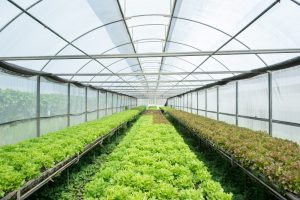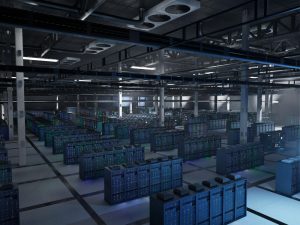Efficient use of humidifiers, nebulizers, and air conditioning
Without environmental or biological monitoring, which the latter is even more advanced, practically the use of air conditioning systems and devices becomes nonsense in terms of efficiency and economic savings. Therefore, we must always apply periodicity when it comes to reviewing our infrastructure.
When it comes to prioritizing appropriate scenarios for the development of human life, we will invariably have to resort to the issue of perceived indoor environmental quality. Decades ago, they sold us the idea that, through domestic or industrial air conditioning, the quality of human life would increase, regardless of the harmful refrigerant gases of the time, until a third of scientists came along – Molina, Sherwood, and Crutzen – to demystify that. The eventual winners of the Nobel Prize in Chemistry for their ecological contributions, in the discovery of the hole in the Antarctic ozone layer, made clear the causes of such an unfortunate event for humanity, one of the determining factors being the gases used – chlorofluorocarbons – in the refrigeration and air conditioning industry of the time.
Even today, it is possible that gases may be found in some mechanisms – perhaps not so harmful – but still significant during a certain period of use. So it is better to adopt systems with technology that is not so harmful, with energy efficiency and other benefits. Anyway, here are three powerful reasons why you should not do without constant monitoring of indoor air quality in buildings, either through air conditioning mechanisms such as air conditioning, heating, humidifiers, etc. or by natural aeration medium.
Air perceived from the outside may no longer be the only solution for indoor purification
This statement is somewhat difficult to accept, it is true, but it must also be said that the statement is supported by certain factors. It is possible that, in ancient times, when ventilation was by channeling outside air into the chambers, it was the best idea, since presumably there was less pollution, climate changes, and fewer fluctuations in the exchange of heat, cold and humidification. Currently, that could be at risk, due to the inherent changes in the increasingly extreme and widespread seasons, overpopulation, and, above all, due to atmospheric changes due to industrial activity and the pollution generated from it.
All of this translates into the need to treat the air flows that enter from the outside, resulting in high energy costs for this task. Breathing outside air these days means doing so outside the limits permitted by the World Health Organization.
The quality of oxygen breathed indoors positively or negatively influences human performance
Especially when dealing with work areas with high thermal stress. This is according to research from prestigious universities such as Harvard. You just have to think about how a moderately laborious and stressful activity is capable of making the endocrine system and the body’s metabolism work, reflected in human perspiration. Sweat can regulate our body and cool it, but what happens when the hot and extreme environment takes us to further limits? Well, invariably the body will respond with sudden fainting or fainting. It is even capable of directly affecting job performance. Now, if the factor of environmental pollution is added to all this, the situation will be worse. It will always be advisable to monitor the air conditioning and make correct use of humidifiers and purifiers.
Correct control of indoor climate control provides comprehensive well-being at all times of the year
It all comes down to obtaining thermal comfort without sacrificing the pure air necessary for quality of life. If it is a hot summer, simply the environmental parameters are balanced with the good use of humidification and desiccation, through the cold climate of the mechanism. While, in winter, heating with the correct humidifier will provide the necessary environment. A slight deviation in the internal air conditioning parameters will lead to normal stress, followed by poor performance of normal or work activities.




